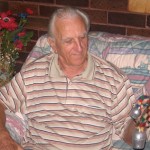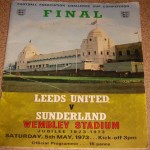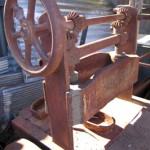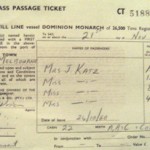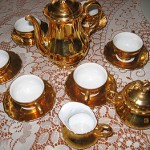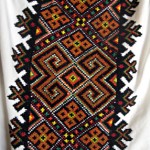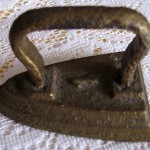Meet Ron Matthesius and see his 1960s German tiling trowel. Continue reading
of german cultural background
Meet Alina Paczynski and see the communion bread the Red Cross sent to her husband’s POW camp in 1940. Continue reading
Meet Trudy Schilling and see the heating element and jug she used to make her own coffee at Bonegilla migrant hostel in 1959. Continue reading
Meet Harry Wolff and see the German records he played at Bonegilla migrant camp in 1966.
Continue reading
Meet Brunhilde Srejic and see the tools from Germany she hoped to use as a hairdresser in Australia.
Continue reading
Meet Helen Lihos and see her hand embroidered dress from the Ukraine. Continue reading
Meet Inga Krain and see her sugar cube holder from Germany. Continue reading
Meet Karl Karthauser and see the St. Christopher medal that saved his life in 1958.
Continue reading
Meet Hans Kaiser from Tweed Heads and see his mother’s see his miniature cow bells from Austria.
Continue reading
Meet Peter Gwosdz and see the cassette tapes his parents sent from Germany.
Continue reading
Meet Wilhelm & Hilde Bittkow and see their fridge. It was one of the first items they bought after arriving in Orange in 1953. Continue reading


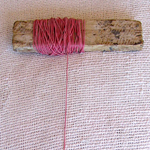
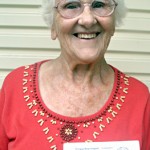
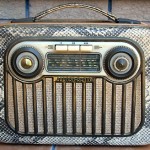
!["There were originally 60 or so German music records I carried over in my briefcase, but now I have only a dozen [and] they’re pretty worn out. They were songs we grew up with, and on hot summer nights in Bonegilla, it was wonderful to listen to our own music. I think it helped us bridge those first few months in Australia to get over our loneliness."](../cms/wp-content/uploads/2009/06/wolff-records-150x150.jpg)
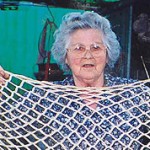
![Helen: "In 1989 we went to the Ukraine and my husband's [Sam] sister gave them to me. She had made them a long time ago."](../cms/wp-content/uploads/2008/10/lihos-dress-150x150.jpg)


